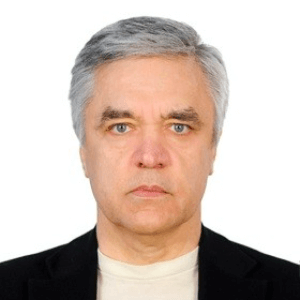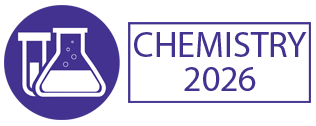Optical Spectroscopy
Optical Spectroscopy Is An Analytical Technique That Is Used Widely In Chemistry For The Identification Of Compounds And For Quantifying The Amount Of Components In A Mixture. This Method Uses The Fact That When A Molecule Absorbs Light Energy, The Energy Is Transferred To Certain Nuclei Of Its Constituent Atoms, Which Then Become Excited And Emit Radiation When They Return To Their Ground State. By Looking At The Energy Of The Emitted Radiation, Scientists Can Deduce The Type Of Molecules They Are Dealing With By Comparison. One Of The Most Common Uses Of Optical Spectroscopy In Chemistry Is For The Identification Of Substances. In This Process, A Beam Of Light Is Shone Through A Sample, And The Absorption Pattern Of The Light As It Passes Through The Sample Is Recorded Using An Instrument Called A Spectrophotometer. This Pattern Is Then Compared With An Established Atomic Absorption Spectrum Database To Deduce The Identity Of The Molecules, Allowing Scientists To Determine The Composition Of The Sample. Optical Spectroscopy Can Also Be Used To Measure The Relative Concentrations Of Different Substances In A Sample. This Is Done By Monitoring The Intensity Of The Light That Each Substance Absorbs. For Example, If Two Substances In A Sample Absorb The Same Amount Of Light, Then They Must Be Present In Equal Concentrations. By Careful Observation Of These Correlations, Scientists Can Accurately Deduce The Concentrations Of Components In A Mixture. Overall, Optical Spectroscopy Is A Invaluable Tool For Both Identification And Quantification Of Materials In Chemistry And Related Fields. It Is Used To Study A Wide Variety Of Compounds, From Small Molecules And Large Biomolecules Through To Complex Solids And Liquids, Making It A Versatile And Powerful Technique.

Hossam A Gabbar
Ontario Tech University, Canada
Victor John Law
University College Dublin, Ireland
Alexander Bagaturyants
National Research Nuclear University MEPhI, Russian Federation
Sergey Suchkov
N.D. Zelinskii Institute for Organic Chemistry of the Russian Academy of Sciences, Russian Federation
Shree Niwas Chaturvedi
Centre for Aptitude Analysis and Talent Search, India
Pieter Samyn
SIRRIS, Belgium




Title : Advances in plasma-based radioactive waste treatment
Hossam A Gabbar, Ontario Tech University, Canada
Title : Unraveling the ultrastructure and functions of the neuronal membrane skeleton using super-resolution fluorescence microscopy
Zhou Ruobo, Djillali Liabes University of Sidi Bel Abbes, Algeria
Title : Solar box cooker dehydration, and relative humidity endpoint detection, of lamiaceae culinary leaves on the island of Crete
Victor John Law, University College Dublin, Ireland
Title : Nutrient and heavy metal loads from the Ribeiras to Coastal zones: A land-ocean continuum perspective in Madeira Island
Aracelis Del Carmen Narayan Rajnauth, University of Porto, Portugal
Title : Prospective polyoxometalate-based covalent organic framework heterogeneous catalysts
Arash Ebrahimi, Comenius University Bratislava, Slovenia
Title : Eliminating implant failure in humans with nano chemistry: 30,000 cases and counting
Thomas J Webster, Brown University, United States